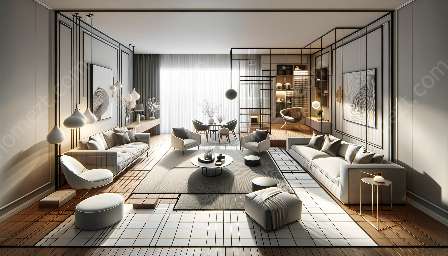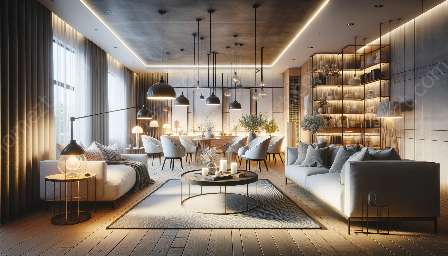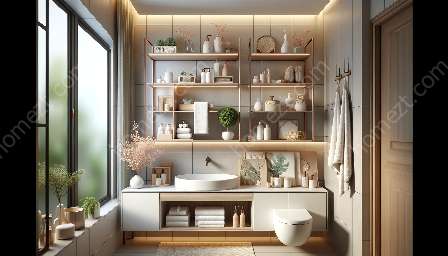Traffic flow plays a crucial role in determining the functionality and aesthetics of a living space. It refers to the movement patterns of people within a room or a house, and it has a significant impact on the placement of furniture and home furnishings. By understanding traffic flow and its interaction with furniture arrangement, homeowners can create inviting and well-organized spaces that are both attractive and practical.
The Impact of Traffic Flow on Furniture Arrangement
When considering furniture arrangement in a room, it is essential to take into account the natural flow of movement. Traffic flow pathways should be kept clear and unobstructed to ensure easy and comfortable navigation. Placing furniture in a way that disrupts traffic flow can create congestion and make the space feel cramped and chaotic. On the other hand, strategically positioning furniture to complement traffic flow patterns can contribute to a sense of openness and ease of movement.
Creating Zones for Different Traffic Flows
One effective strategy for optimizing traffic flow is to create distinct zones within a room based on the primary pathways of movement. By identifying and delineating these zones, homeowners can allocate specific areas for different activities while maintaining smooth traffic flow. For example, a seating area can be positioned to encourage conversation and interaction, with clear pathways around it to ensure effortless movement. Additionally, incorporating rugs, lighting, and accent pieces can help define and visually separate these traffic flow zones.
Balance between Functionality and Aesthetics
While prioritizing traffic flow is crucial for a well-designed living space, it is equally important to strike a balance between functionality and aesthetics. Furniture arrangement should not only facilitate smooth movement but also contribute to an appealing and harmonious environment. Choosing furniture pieces that are appropriately scaled for the space and considering their visual impact on traffic flow pathways can enhance both the functionality and the overall design of the room.
Enhancing Traffic Flow with Home Furnishings
Home furnishings, including decorative elements and storage solutions, can also influence traffic flow and furniture arrangement. Thoughtfully selecting and placing these furnishings can contribute to an inviting atmosphere while supporting efficient movement throughout the space.
Utilizing Functional and Versatile Furnishings
Multi-functional pieces, such as ottomans with built-in storage or console tables with shelves, can serve dual purposes by providing functionality and enhancing traffic flow. Choosing furnishings that do not obstruct traffic pathways and can adapt to different arrangements can maximize the flexibility of the space. These versatile pieces can be instrumental in maintaining an organized and navigable environment without compromising on style.
Maximizing Vertical Space for Storage and Organization
Vertical storage solutions, such as wall-mounted shelves and cabinets, offer practical ways to maintain traffic flow while optimizing the use of space. By utilizing vertical space for storage, homeowners can free up floor area, making it easier to move around and reducing visual clutter. Additionally, incorporating decorative elements on vertical surfaces can contribute to the overall aesthetic appeal of the room without impeding traffic flow.
Harmonizing Home Furnishings with Traffic Flow
Integrating home furnishings seamlessly into the flow of movement involves considering their placement in relation to traffic pathways. By strategically positioning decorative accents, such as mirrors and artwork, homeowners can create focal points that guide traffic flow while adding visual interest to the space. Furthermore, using furnishings to define and delineate traffic flow zones can contribute to a sense of cohesion and purposeful design.
Bringing It All Together
Understanding traffic flow and its impact on furniture arrangement and home furnishings is essential for creating inviting and functional living spaces. By considering the natural movement patterns within a room and carefully planning the placement of furniture and home furnishings, homeowners can achieve a harmonious balance between traffic flow optimization and visual appeal. With thoughtful attention to traffic flow, furniture arrangement, and home furnishings, every room can become a welcoming and well-organized environment that reflects the unique lifestyle and preferences of its occupants.




